An architectural migration: Augustas Serapinas’ greenhouse
Lithuanian artist Augustas Serapinas has taken a small part of his home city, Vilnius, deep into the Austrian rural landscape. By dismantling, migrating, then reconstructing a Soviet-era hand-made domestic greenhouse, the artist explores heritage, vernacular & the soft boundaries of culture. Also, as Will Jennings discovers, he makes a mean vegetable stew.
When dams were constructed along the Kamp river in northern
Austria over the 1950s, the resultant flooding changed the landscape forever. Resulting
in three reservoirs bulging with 73 million cubic metres of water. The fjord-like
lakes which formed are now a popular holiday and recreation site, with the flat
waters sitting so naturally within surrounding hils they almost read as if it
had always been this way. Changes to place can happen suddenly, like this
manmade twist of geography, or more gradually, often without many people
noticing.
By the side of the lake is a small wooden structure barely noticeable within the vastness of the vista, a delicate and seemingly ad hoc framework of wood, metal posts, and wire. At one end, ripped plastic sheet catches a light breeze that otherwises passes through the skeletal architecture unhindered. Herb and vegetable crops inside similarly camouflage against the green grasses that run down to the water’s edge and disappear into shadows cast by the surrounding forest.
A huddle of people enjoying early summer light flickering from the water stand nearby, sharing wine, bread, and ladles of a purple stew. The dish is saltibarščiai, a Lithuanian borsht-like stew, and one of the crowd enjoying it is Augustas Serapinas, the artist responsible for both the structure and associated meal.
![]()
![]()
![]()
figs.i,iii - Augustas Serapinas, Greenhouse from Užupis (2023) at Lichtenfels Sculpture.
Serapinas is an artist interested in architecture, migration, and translocation, and it is not only the saltibarščiai recipe[1] that has travelled from Lithuania to Lichtenfels Sculpture, in rural Austria just over an hour’s drive from Vienna, the precarious architectural object also started its life in the Baltic country. “This is my first greenhouse, it comes from Užupis, an area in Vilnius which is changing a lot over the past years – by that, I mean, it's getting gentrified,” the artist explains.
For a visitor to Vilnius, Užupis is presented as the counter-cultural part of the city, once home to the Jewish population before the Soviet pogrom, with artists, squatters, prostitutes, and those on society’s margins taking up residence in the derelict and abandoned properties over later years. In 1997 the district poetically declared independence, with a constitution[2] now presented on the walls of the street, and photographed by countless tourists that now visit Vilnius’ answer to Copenhagen’s Christiana.
“But it's more like Camden,” Serapinas says, adding that “at the beginning, maybe, they had the potential to change – at least, that's what I've been told – but it quickly faded, because the prices for property and rent were going up.” A familiar pattern for any city, accelerated in Vilnius after EU accession with associated business and tourist growth. It is said that politicians now live in Užupis, and visitors are less likely to find genuine counter-culture than an expensive pizza restaurant within an aesthetic of street art, alternative medicine shops, and the chance to buy bijou coffee then wander into a pop-up gallery.
![]()
![]()
![]()
figs.iv-vi - Augustas Serapinas, Greenhouse from Užupis (2023) at Lichtenfels Sculpture
The greenhouse here in Lichtenfels was one of three that Serapinas liberated from Užupis. Every house would once have had such a structure nearby within which to grow simple vegetables, but with the modern food industrial complex, supply chains, and supermarkets, in a short period of time it is a distant way of life.
“The people who move in, they don't share the same lifestyle, and they definitely would not want a greenhouse to look after,” the artist describes. They perhaps want decking, a jacuzzi, and barbeque I suggest, he retorts: “I don't want to say it's all people like that, but going that direction, and for me this work records a monument to a different lifestyle, one which used to be there.”
“There is a moment of transition,” he says, “when the locals moved out, but the new people are not in yet, so you have these greenhouses standing, sometimes for a year or two, and they are decaying.” He continues, “they slowly change into this kind of skeleton with all the plants cultivated in it, when it was like a proper greenhouse, fading away, taken by wilderness.”
This is when the pilfering artist strikes, stealing the otherwise destroyed architectures.
By recognising, rescuing and repositioning such forgotten and inconsequential architecture as the Soviet-era self-made greenhouses – which survived one regime change but would not have lived to witness neoliberal-capital uplifted Užupis – seems to be a political statement. Serapinas disagrees: “I wouldn't say it's like a direct critique, but rather a marker of this moment, this switch between one and another, which I witness.”
![]()
![]()
![]()
The other two Užupis greenhouses are now in museum collections, one in the Pompidou and the other in Vilnius’ Daniel Libeskind-designed MO Museum. As an artist deeply interested in heritage, vernacular architectures, and that which society forgets, he has reclaimed and reconstructed many buildings, some larger than this backyard greenhouse. For the 13th Kaunas Biennial, he presented Rūdninkai Bathhouse, a relocated a historic Lithuanian timber building to a new location, cowering in proximity to the swishy and modern newly-completed Basketball Museum. This juxtaposition of old and new, that which is celebrated and forgotten, sits at the heart of Serapinas’ practice.
Often, the artist doesn’t present his found architecture as whole. Instead, it is often broken into constituent elements and is re-presented within galleries as a kind of diagram or kit of parts, perfect fragments which don’t pretend to give all the answers of that which went before, only present a part of the past.
![]()
![]()
![]()
fig.x - Augustas Serapinas, Wood and Snow (2022)
“When I started my practice,” Serapinas says, “it was not material at all, it’s only been since Venice.” It’s important to remember that Serapinas is young, or in art-world terms, emerging. Born in 1990, his practice is entering that exciting stage between constant flitting between ideas, and commerce-adjacent settling into a repeat of tropes, ideas, and form that is so often the art trajectory. He is young, but when he says “…from Venice” it hides quite an accomplishment. For the 2019 edition of the Venice Biennale of Art, curator Ralph Rugoff selected Serapinas as the youngest artist on show: “I made chairs for the invigilators, placed around the Arsenale.”
These chairs, which were not gallery-expected austere designs but akin to elevated lifeguard chairs on a beach, were an entry into architecture – both in design and relationship to place – which has moved into his predilection to rescue and relocate forgotten architectures. He reiterates that his work is not political, but by using his Venice commission to create art-adjacent-seating for invigilators who otherwise would have to stand. I contend that it is deeply political.
![]()
![]()
![]()
That the greenhouse here in Lichtenfels has passed through various political thresholds – Soviet > EU capitalism > free-market liberalism – means it is intrinsically political, especially when presented as a fetishised, separated, and singular art object. But, it is less about extraction for value’s sake, and more rescue as act of conservation to recognise a quickly-forgotten past. This speaks to Serapinas’ interests in what exactly is remembered and considered of value, or “what heritage is, why certain things are protected and some are not, and why it happens.”
“The vernacular architecture – if you’re not in the city centre or in an historic city sited within one of the accepted lines of history – it’s just gone. Just gone.” This could be through abandonement and collapse or, as as frequently observed in Kaunas over recent years, countless unexpected fires or overnight demolitions of historic wooden houses, freeing up land for developers to move in.
He argues that his relocations are an act of conservation. Serapinas is not a trained architect, but through the observation, collection, and dismembering of buildings he has learnt a lot about construction (and, indeed, deconstruction). This is not dissimilar to Gordon Matta-Clark (see 00002), who though architecture-trained was similarly transfixed by transforming the abandoned architecture into the noticed through deconstruction and physical disruption.
This may not be accidental: “my first international appearance was for a show in Antwerp, where Gordon Matta-Clark spent a bit of time, making some important works – and I did destroy a wall.” Through learning how to safely deconstruct architecture, an understanding of it’s construction might take place. While Serapinas only physically breaks apart buildings that would otherwise collapse under other forces, his understanding of architecture is present in how it’s articulated, presented, and reshaped. But he can read collapse: “it’s usually the roof first, when the roof is bad, the rest goes very fast.”
![]()
![]()
![]()
Because of centuries of invasions, geopolitics, and shifting borders, Lithuania’s cities contain a wealth of various styles and histories of architecture. Kaunas, for example, the EU Capital of Culture in 2022 is celebrated for undeniably wonderful art deco architecture, but through such singular celebration of one style, others are sidelined or forgotten. Kaunas’ stunning Soviet, brutalist, and vernacular timber architecture is barely discussed as part of the city’s built history, whilst the interwar art deco was recently added to UNESCO’s World Heritage List.
This is the case in Vilnius too, but there is reaction. “It’s a constant fight, in Vilnius people are more aware – now we have fights for trees,” he says of emergent nuances in thinking around value, continuing, “in our part of Europe we have a Soviet heritage and different mindsets, which needs time to pass, and with a new generation, new waves of action come.”
The Lichtenfels Sculpture greenhouse may not be the most powerful, iconic, or monumental moment of architecture from Lithuania’s past. But as a self-made with humdrum materials at some point in the 1980s, then constantly maintained and repaired until the Užupis house it sat behind was left for the final time ahead of a future redevelopment, it speaks to a wealth of local stories and situations. From a distance, the greenhouse may be barely noticable in the Lichtenfels landscape, but up close the details, materials, improvised architecture and repair, and human presence is extremely present. Heritage can also be about the everyday, even the mundane.
The greenhouse is not identifiably Lithuanian, similar structures would have been crafted across Eastern Europe and beyond. This vernacular is not about statehood, so much as of a people and a situation. Perhaps we are so entwined with national or civic identity that only certain memories or examples of heritage are celebrated, those which serve a function in place-branding, financial value, or political ideology. This could be why the Art Deco of Kaunas, so specific to the city and an emergent modern Lithuania, is platformed, while timber houses, which are only a slight variation of timber architecture across the Baltics and beyond, is less critical to crafting a story of an independence and uniqueness that a border-controlled nation demands.
![]()
The Šaltibarščiai was largely made from ingredients grown within the relocated greenhouse. That said, with the greenhouse only existing as frame and with no surviving plastic sheeting, the inside here is also outside. “It's symbolic, the greenhouse doesn't serve its function anymore, it doesn't have the microclimate inside.” With no function, the greenhouse acts more as a spatial outline or threshold of demarcation, with the vegetables and herbs growing inside just as able to grow outside elsewhere across the Lichtenfels grasses. But perhaps we need such symbolic demarcation, to remember what is possible, what once was, what could be again.
“I'm very happy that I had the opportunity to plant inside it, because the other two greenhouses were more for exhibition in a gallery,” he says of the Lichtenfels variation in relation to the MO and Pompidou greenhouses. “This gives me opportunity to add something to the work, like I bring this variation of borscht, which is a very old recipe from before they were written down.”
Here, we connect the interest in vernacular – whether architectural, gastronomic, or otherl – and how it crosses political and cultural borders. “Šaltibarščiai is a variation of borscht,” the artist-chef continues, “so there's Romanian borscht, there's Polish borscht, Russian borscht, and they're slightly different, but in a way it’s a question of marketing and branding.” The purple stew everybody is eating is the same as the Užupis greenhouse, a variation of a form, replicated by hand not expert, and subtly reconsidered for its context and situation.
[1]
Instructions:
[2]
The Užupis Constitution terms:
By the side of the lake is a small wooden structure barely noticeable within the vastness of the vista, a delicate and seemingly ad hoc framework of wood, metal posts, and wire. At one end, ripped plastic sheet catches a light breeze that otherwises passes through the skeletal architecture unhindered. Herb and vegetable crops inside similarly camouflage against the green grasses that run down to the water’s edge and disappear into shadows cast by the surrounding forest.
A huddle of people enjoying early summer light flickering from the water stand nearby, sharing wine, bread, and ladles of a purple stew. The dish is saltibarščiai, a Lithuanian borsht-like stew, and one of the crowd enjoying it is Augustas Serapinas, the artist responsible for both the structure and associated meal.
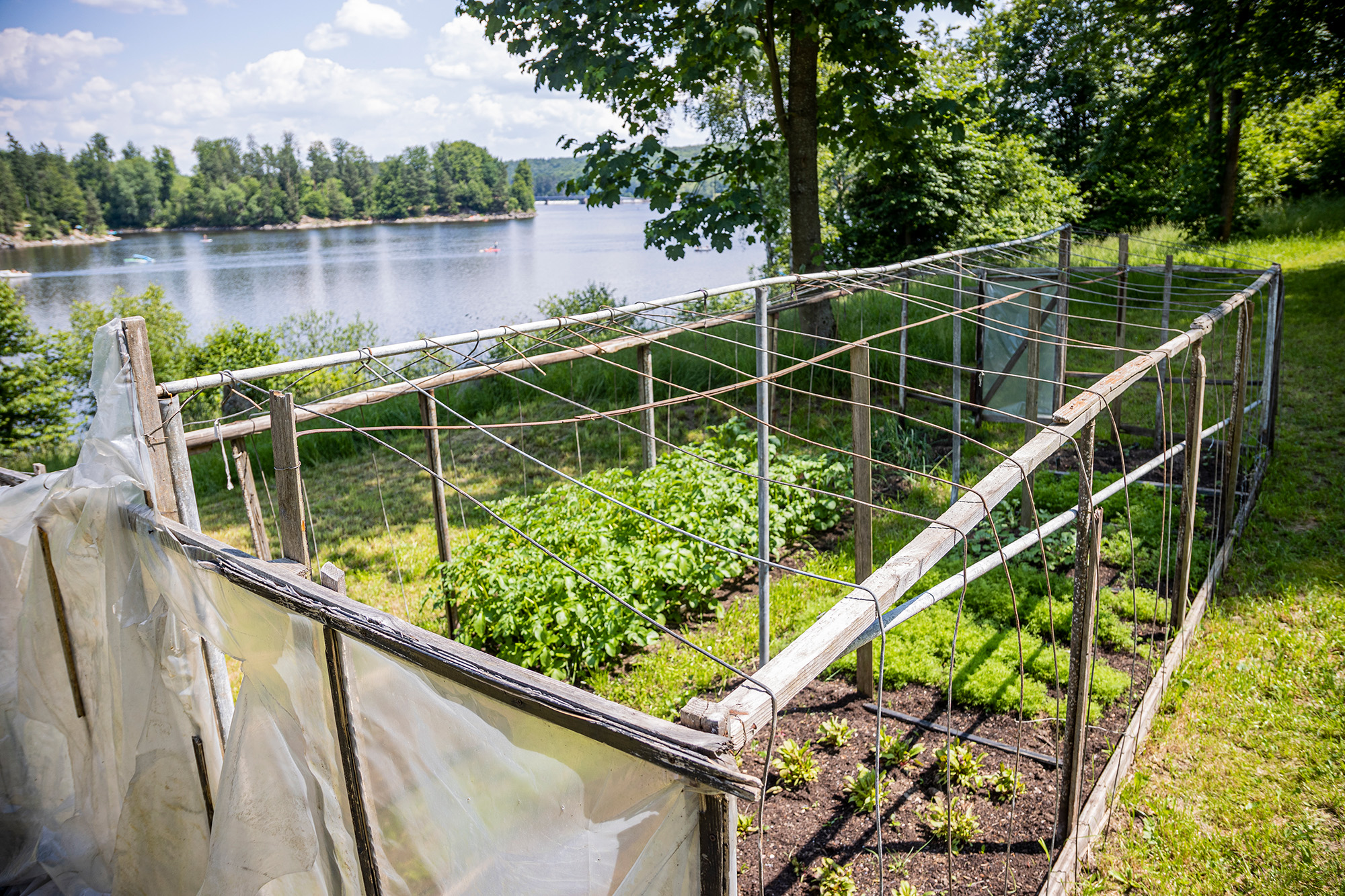


figs.i,iii - Augustas Serapinas, Greenhouse from Užupis (2023) at Lichtenfels Sculpture.
fig.ii - Saltibarščiai
Serapinas is an artist interested in architecture, migration, and translocation, and it is not only the saltibarščiai recipe[1] that has travelled from Lithuania to Lichtenfels Sculpture, in rural Austria just over an hour’s drive from Vienna, the precarious architectural object also started its life in the Baltic country. “This is my first greenhouse, it comes from Užupis, an area in Vilnius which is changing a lot over the past years – by that, I mean, it's getting gentrified,” the artist explains.
For a visitor to Vilnius, Užupis is presented as the counter-cultural part of the city, once home to the Jewish population before the Soviet pogrom, with artists, squatters, prostitutes, and those on society’s margins taking up residence in the derelict and abandoned properties over later years. In 1997 the district poetically declared independence, with a constitution[2] now presented on the walls of the street, and photographed by countless tourists that now visit Vilnius’ answer to Copenhagen’s Christiana.
“But it's more like Camden,” Serapinas says, adding that “at the beginning, maybe, they had the potential to change – at least, that's what I've been told – but it quickly faded, because the prices for property and rent were going up.” A familiar pattern for any city, accelerated in Vilnius after EU accession with associated business and tourist growth. It is said that politicians now live in Užupis, and visitors are less likely to find genuine counter-culture than an expensive pizza restaurant within an aesthetic of street art, alternative medicine shops, and the chance to buy bijou coffee then wander into a pop-up gallery.
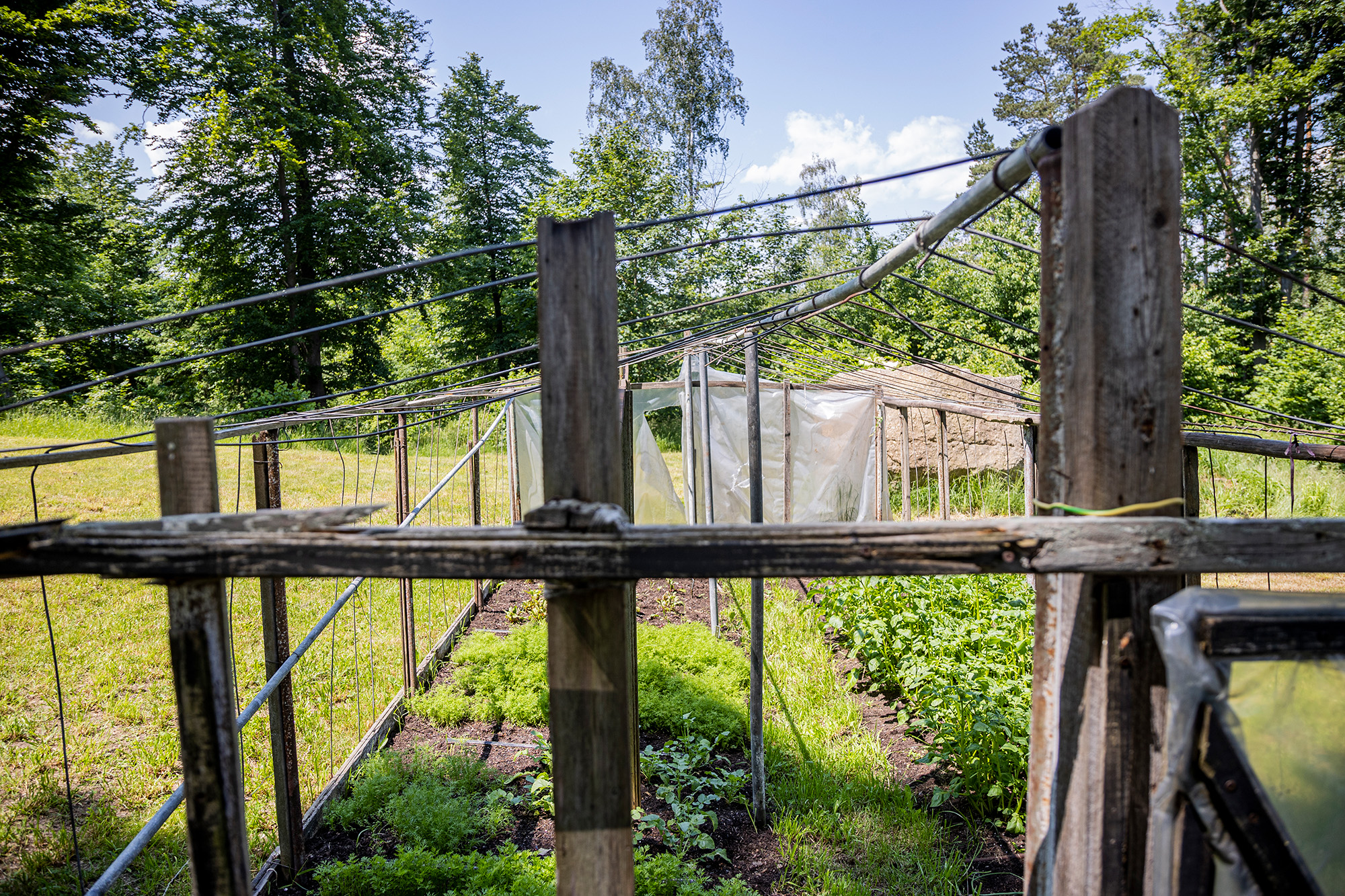
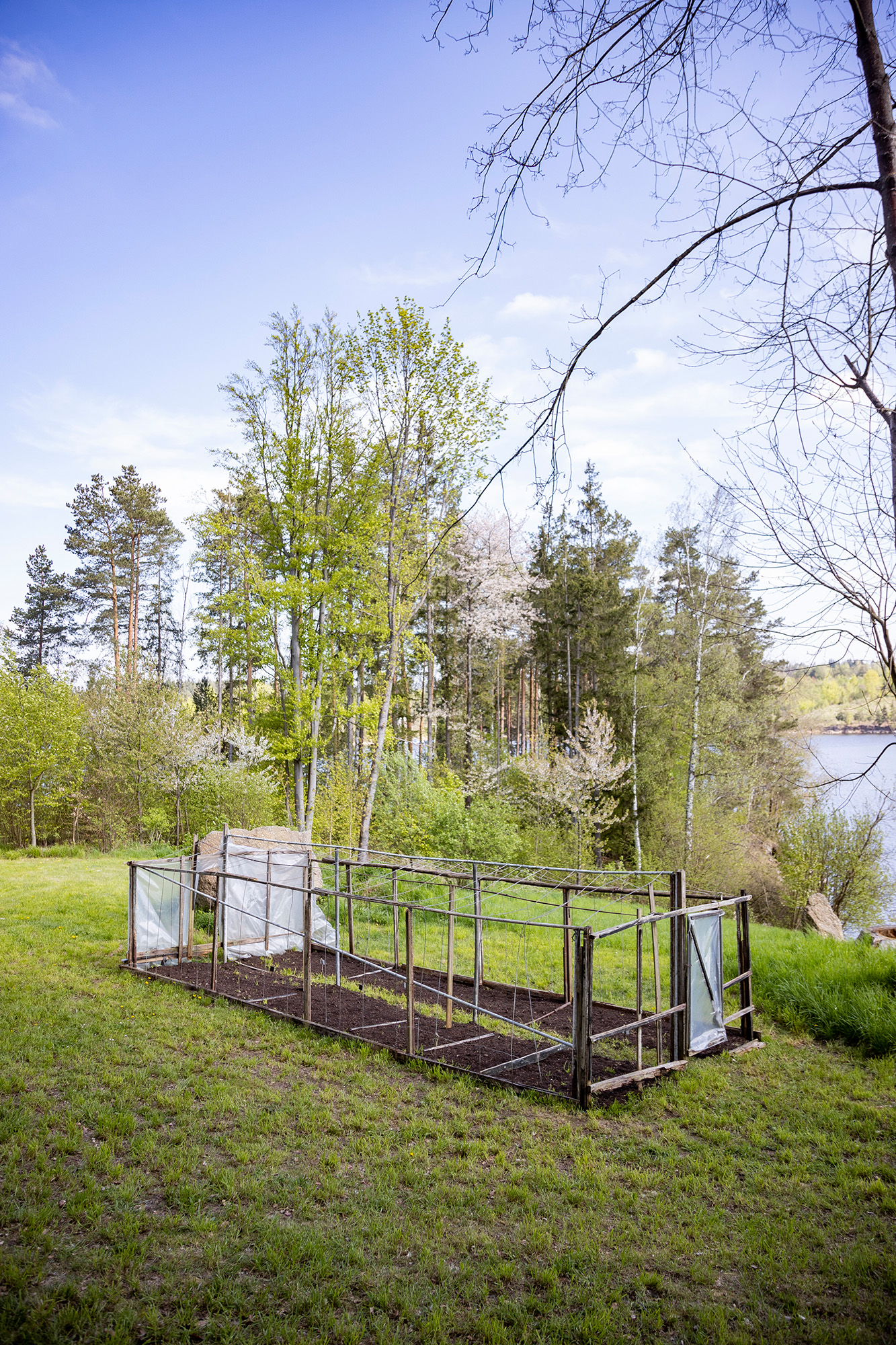
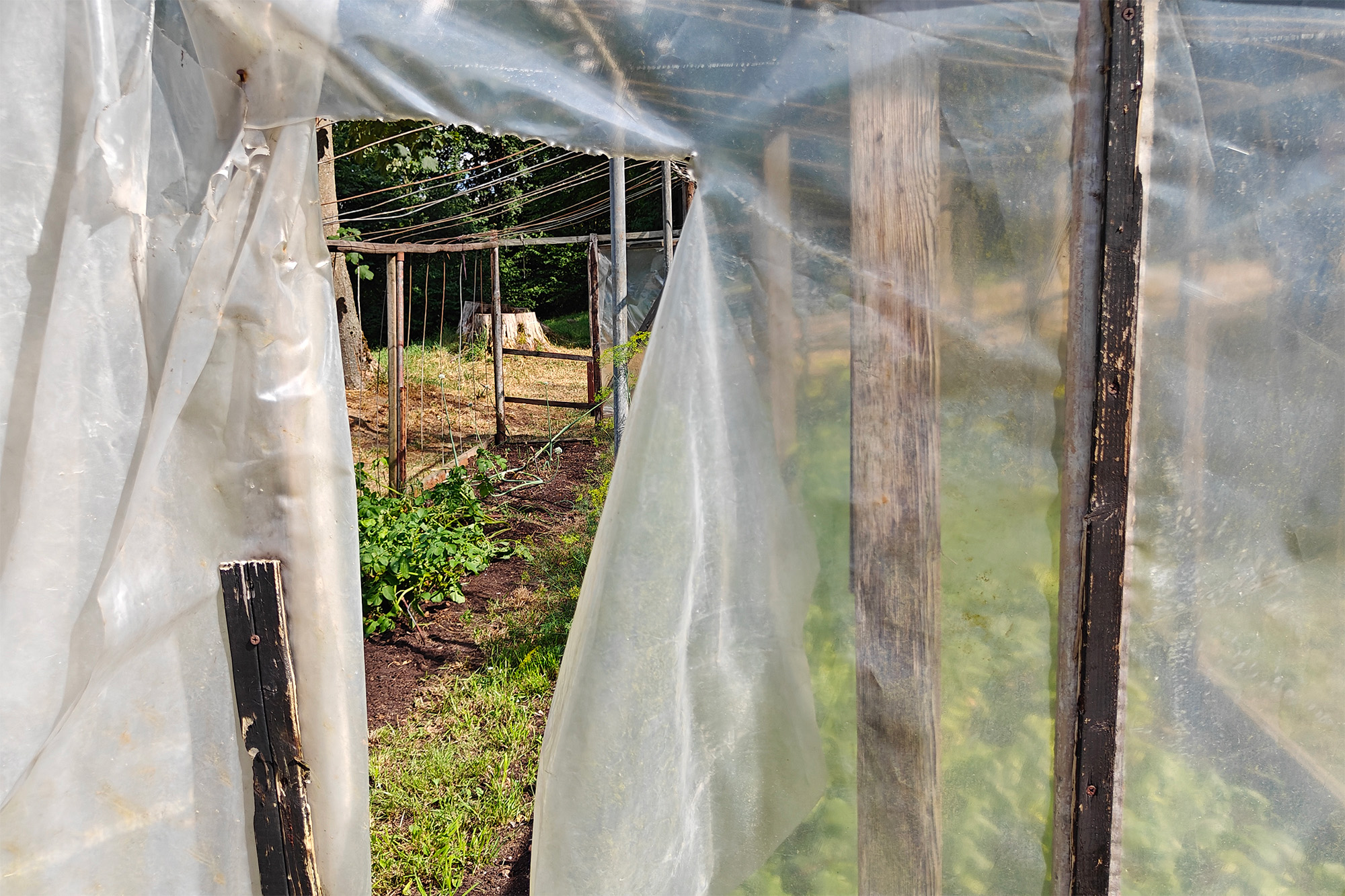
figs.iv-vi - Augustas Serapinas, Greenhouse from Užupis (2023) at Lichtenfels Sculpture
The greenhouse here in Lichtenfels was one of three that Serapinas liberated from Užupis. Every house would once have had such a structure nearby within which to grow simple vegetables, but with the modern food industrial complex, supply chains, and supermarkets, in a short period of time it is a distant way of life.
“The people who move in, they don't share the same lifestyle, and they definitely would not want a greenhouse to look after,” the artist describes. They perhaps want decking, a jacuzzi, and barbeque I suggest, he retorts: “I don't want to say it's all people like that, but going that direction, and for me this work records a monument to a different lifestyle, one which used to be there.”
“There is a moment of transition,” he says, “when the locals moved out, but the new people are not in yet, so you have these greenhouses standing, sometimes for a year or two, and they are decaying.” He continues, “they slowly change into this kind of skeleton with all the plants cultivated in it, when it was like a proper greenhouse, fading away, taken by wilderness.”
This is when the pilfering artist strikes, stealing the otherwise destroyed architectures.
By recognising, rescuing and repositioning such forgotten and inconsequential architecture as the Soviet-era self-made greenhouses – which survived one regime change but would not have lived to witness neoliberal-capital uplifted Užupis – seems to be a political statement. Serapinas disagrees: “I wouldn't say it's like a direct critique, but rather a marker of this moment, this switch between one and another, which I witness.”



figs.vii-ix - Augustas Serapinas, Greenhouse from Užupis (2023) at Lichtenfels Sculpture
The other two Užupis greenhouses are now in museum collections, one in the Pompidou and the other in Vilnius’ Daniel Libeskind-designed MO Museum. As an artist deeply interested in heritage, vernacular architectures, and that which society forgets, he has reclaimed and reconstructed many buildings, some larger than this backyard greenhouse. For the 13th Kaunas Biennial, he presented Rūdninkai Bathhouse, a relocated a historic Lithuanian timber building to a new location, cowering in proximity to the swishy and modern newly-completed Basketball Museum. This juxtaposition of old and new, that which is celebrated and forgotten, sits at the heart of Serapinas’ practice.
Often, the artist doesn’t present his found architecture as whole. Instead, it is often broken into constituent elements and is re-presented within galleries as a kind of diagram or kit of parts, perfect fragments which don’t pretend to give all the answers of that which went before, only present a part of the past.



fig.x - Augustas Serapinas, Wood and Snow (2022)
fig.xi - Augustas Serapinas, Rūdninkai
Bathhouse (2021) at the 13th Kaunas Biennial.
fig.xii - Augustas Serapinas, Late Autumn in Magunai (2018)
“When I started my practice,” Serapinas says, “it was not material at all, it’s only been since Venice.” It’s important to remember that Serapinas is young, or in art-world terms, emerging. Born in 1990, his practice is entering that exciting stage between constant flitting between ideas, and commerce-adjacent settling into a repeat of tropes, ideas, and form that is so often the art trajectory. He is young, but when he says “…from Venice” it hides quite an accomplishment. For the 2019 edition of the Venice Biennale of Art, curator Ralph Rugoff selected Serapinas as the youngest artist on show: “I made chairs for the invigilators, placed around the Arsenale.”
These chairs, which were not gallery-expected austere designs but akin to elevated lifeguard chairs on a beach, were an entry into architecture – both in design and relationship to place – which has moved into his predilection to rescue and relocate forgotten architectures. He reiterates that his work is not political, but by using his Venice commission to create art-adjacent-seating for invigilators who otherwise would have to stand. I contend that it is deeply political.
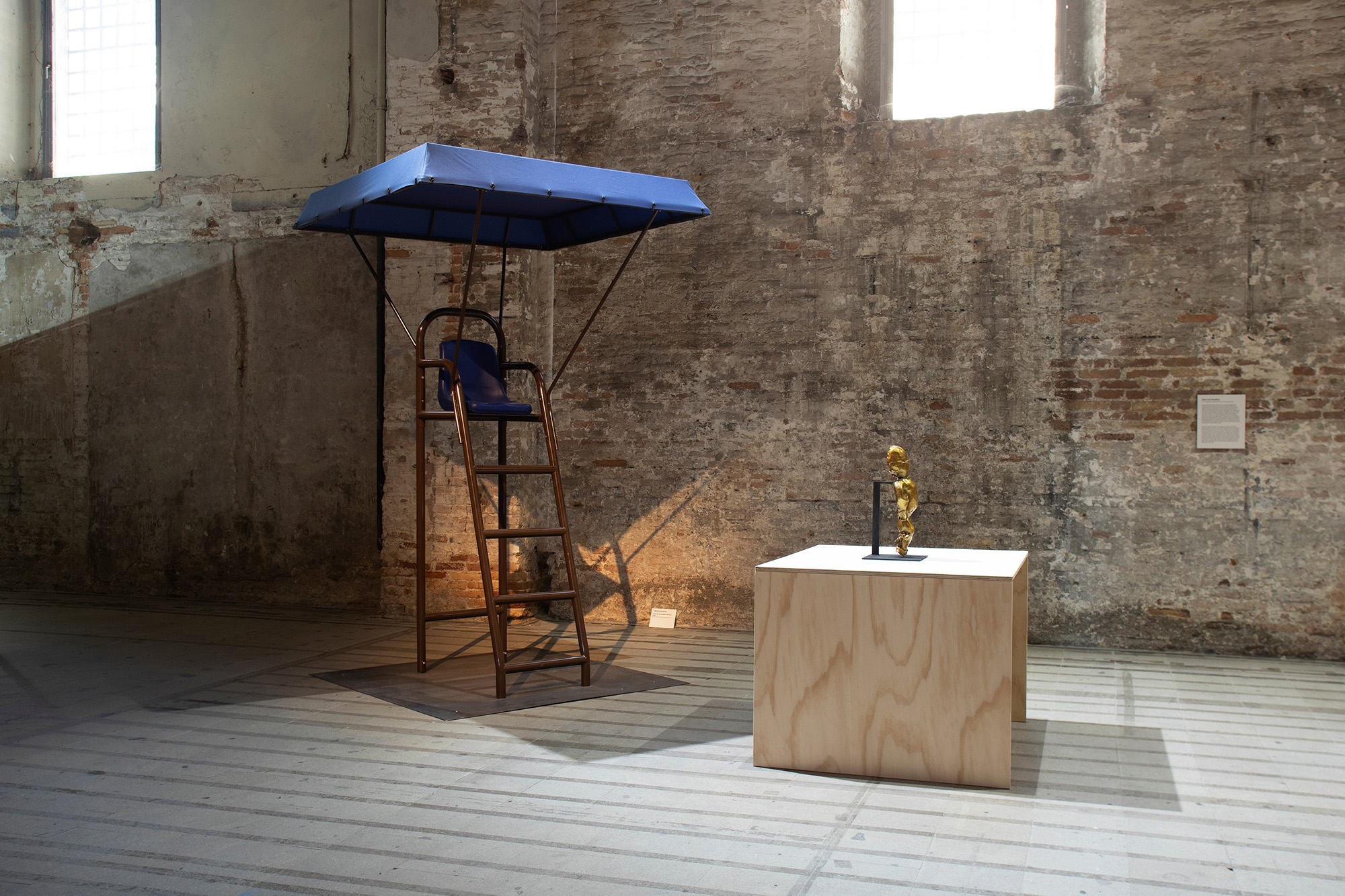
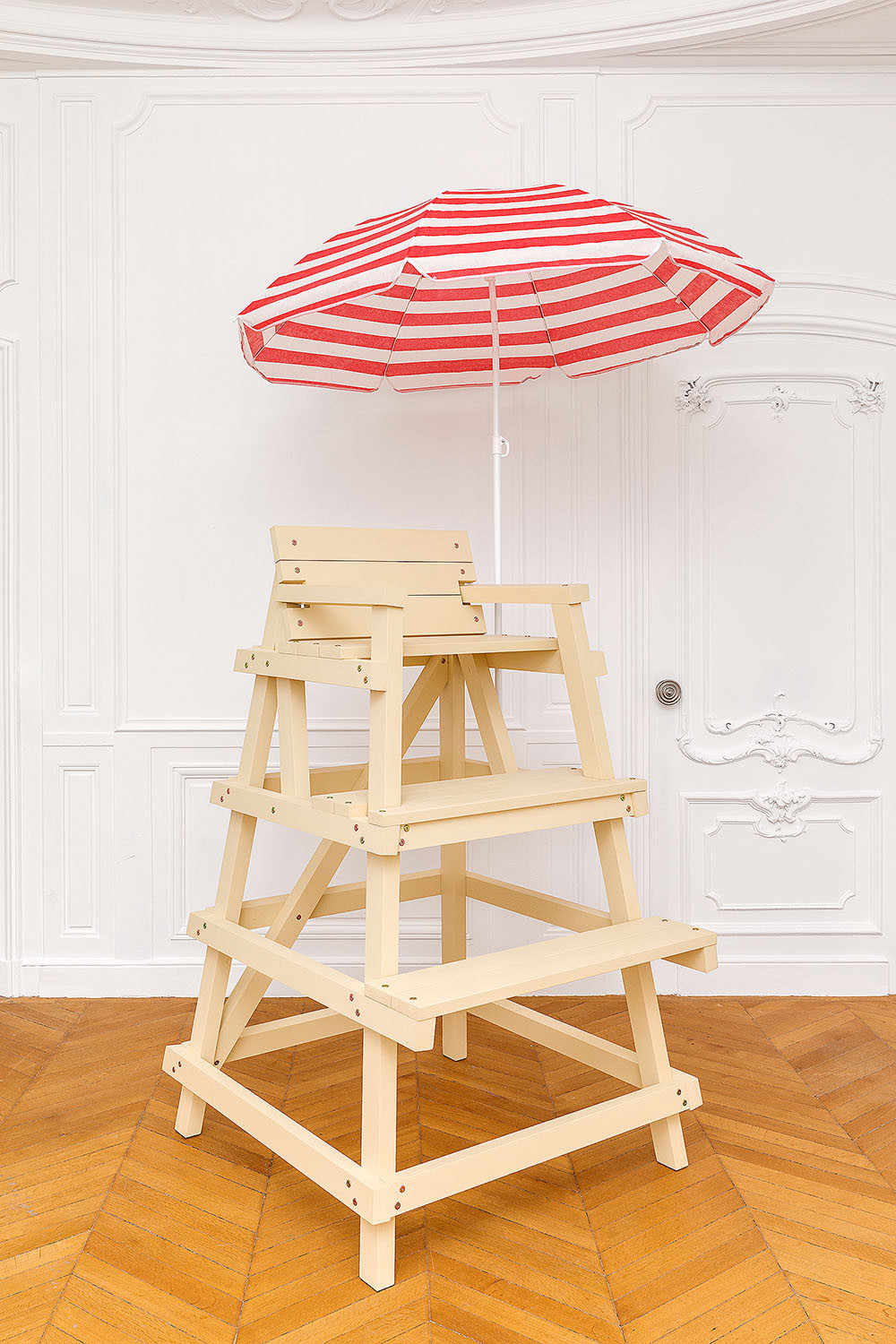

That the greenhouse here in Lichtenfels has passed through various political thresholds – Soviet > EU capitalism > free-market liberalism – means it is intrinsically political, especially when presented as a fetishised, separated, and singular art object. But, it is less about extraction for value’s sake, and more rescue as act of conservation to recognise a quickly-forgotten past. This speaks to Serapinas’ interests in what exactly is remembered and considered of value, or “what heritage is, why certain things are protected and some are not, and why it happens.”
“The vernacular architecture – if you’re not in the city centre or in an historic city sited within one of the accepted lines of history – it’s just gone. Just gone.” This could be through abandonement and collapse or, as as frequently observed in Kaunas over recent years, countless unexpected fires or overnight demolitions of historic wooden houses, freeing up land for developers to move in.
He argues that his relocations are an act of conservation. Serapinas is not a trained architect, but through the observation, collection, and dismembering of buildings he has learnt a lot about construction (and, indeed, deconstruction). This is not dissimilar to Gordon Matta-Clark (see 00002), who though architecture-trained was similarly transfixed by transforming the abandoned architecture into the noticed through deconstruction and physical disruption.
This may not be accidental: “my first international appearance was for a show in Antwerp, where Gordon Matta-Clark spent a bit of time, making some important works – and I did destroy a wall.” Through learning how to safely deconstruct architecture, an understanding of it’s construction might take place. While Serapinas only physically breaks apart buildings that would otherwise collapse under other forces, his understanding of architecture is present in how it’s articulated, presented, and reshaped. But he can read collapse: “it’s usually the roof first, when the roof is bad, the rest goes very fast.”

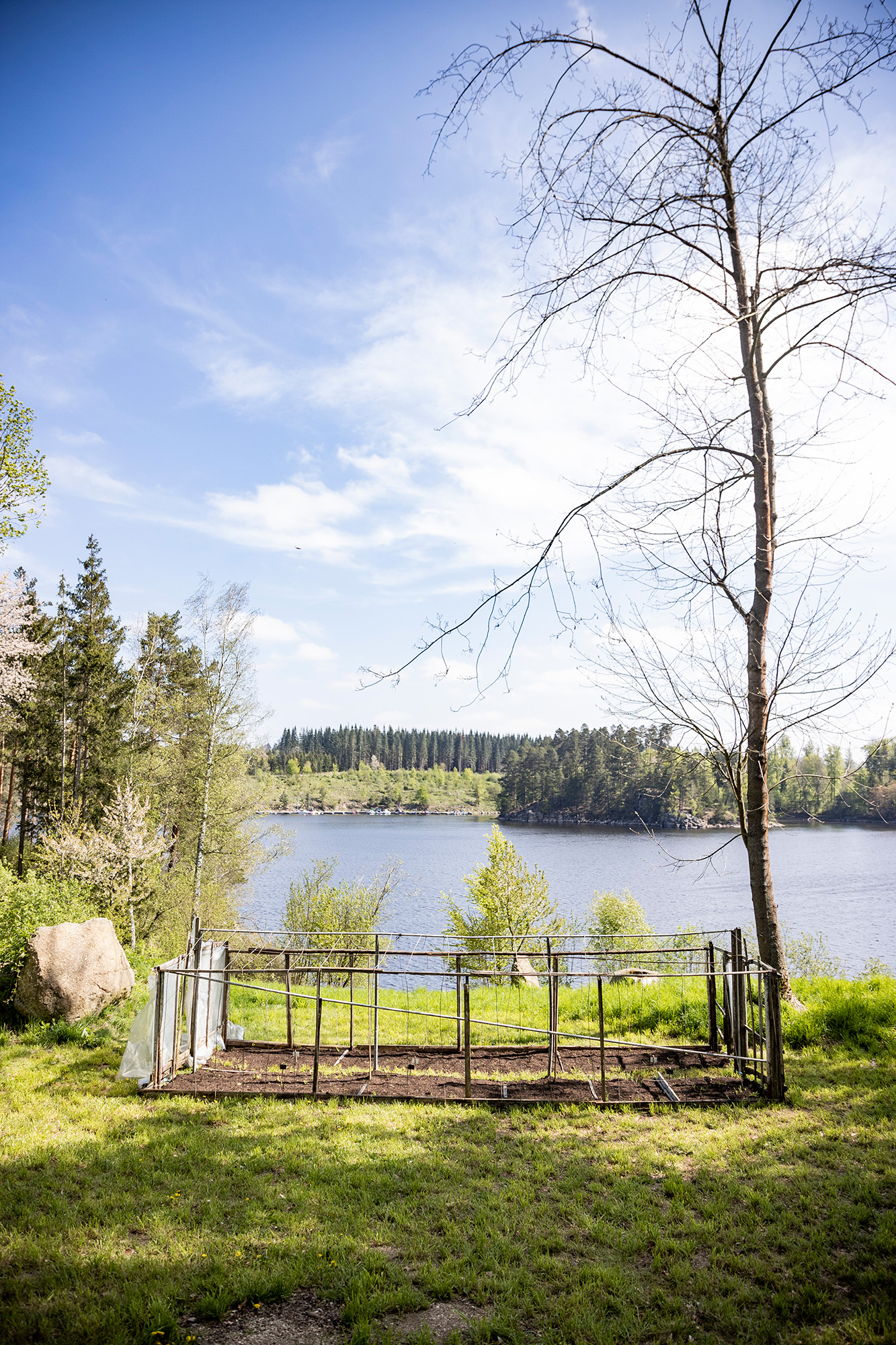

figs.xvi-xviii - Augustas Serapinas, Greenhouse from Užupis (2023) at Lichtenfels Sculpture
Because of centuries of invasions, geopolitics, and shifting borders, Lithuania’s cities contain a wealth of various styles and histories of architecture. Kaunas, for example, the EU Capital of Culture in 2022 is celebrated for undeniably wonderful art deco architecture, but through such singular celebration of one style, others are sidelined or forgotten. Kaunas’ stunning Soviet, brutalist, and vernacular timber architecture is barely discussed as part of the city’s built history, whilst the interwar art deco was recently added to UNESCO’s World Heritage List.
This is the case in Vilnius too, but there is reaction. “It’s a constant fight, in Vilnius people are more aware – now we have fights for trees,” he says of emergent nuances in thinking around value, continuing, “in our part of Europe we have a Soviet heritage and different mindsets, which needs time to pass, and with a new generation, new waves of action come.”
The Lichtenfels Sculpture greenhouse may not be the most powerful, iconic, or monumental moment of architecture from Lithuania’s past. But as a self-made with humdrum materials at some point in the 1980s, then constantly maintained and repaired until the Užupis house it sat behind was left for the final time ahead of a future redevelopment, it speaks to a wealth of local stories and situations. From a distance, the greenhouse may be barely noticable in the Lichtenfels landscape, but up close the details, materials, improvised architecture and repair, and human presence is extremely present. Heritage can also be about the everyday, even the mundane.
The greenhouse is not identifiably Lithuanian, similar structures would have been crafted across Eastern Europe and beyond. This vernacular is not about statehood, so much as of a people and a situation. Perhaps we are so entwined with national or civic identity that only certain memories or examples of heritage are celebrated, those which serve a function in place-branding, financial value, or political ideology. This could be why the Art Deco of Kaunas, so specific to the city and an emergent modern Lithuania, is platformed, while timber houses, which are only a slight variation of timber architecture across the Baltics and beyond, is less critical to crafting a story of an independence and uniqueness that a border-controlled nation demands.
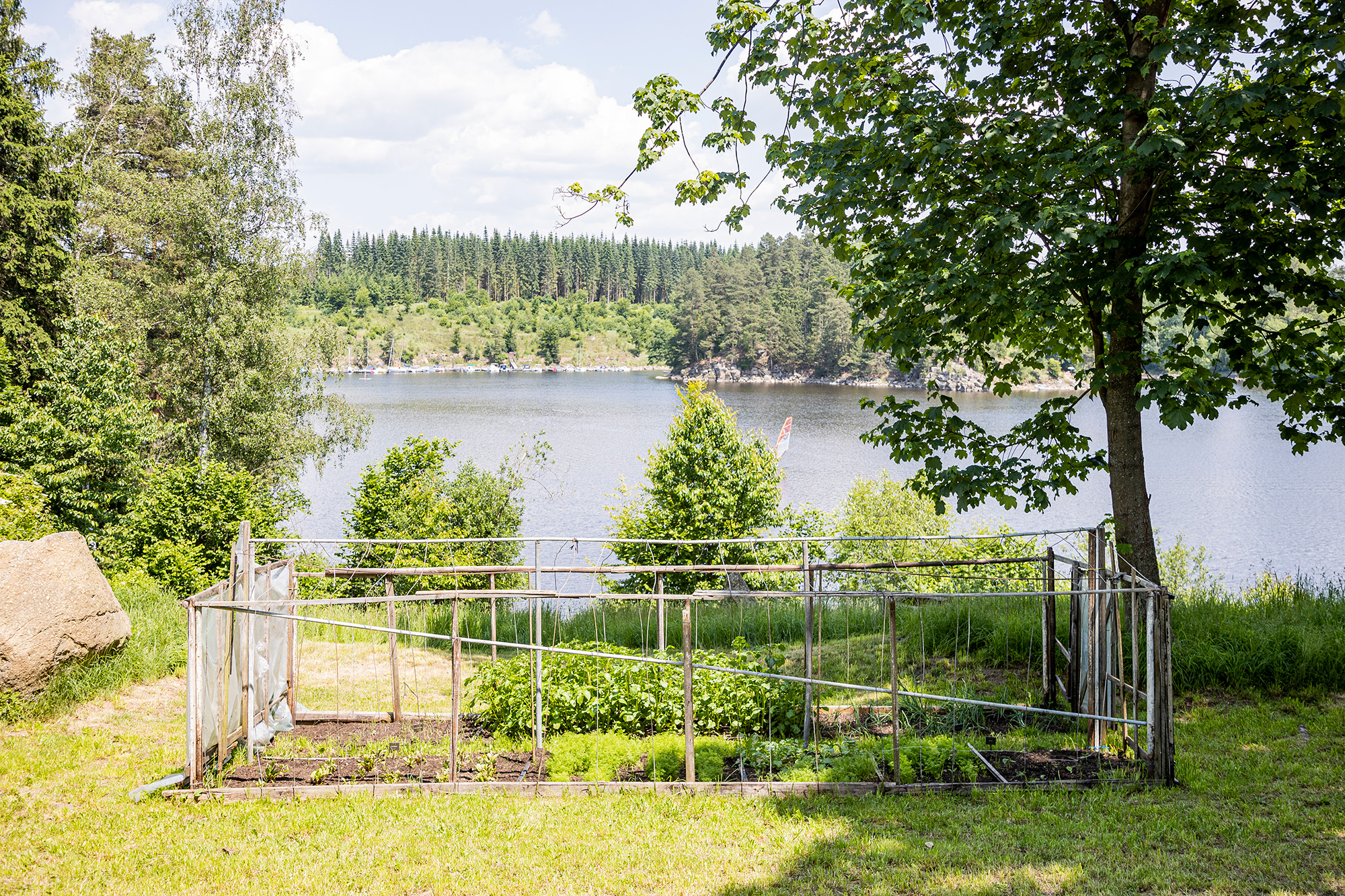
fig.xix - Augustas Serapinas, Greenhouse from Užupis (2023) at Lichtenfels Sculpture
The Šaltibarščiai was largely made from ingredients grown within the relocated greenhouse. That said, with the greenhouse only existing as frame and with no surviving plastic sheeting, the inside here is also outside. “It's symbolic, the greenhouse doesn't serve its function anymore, it doesn't have the microclimate inside.” With no function, the greenhouse acts more as a spatial outline or threshold of demarcation, with the vegetables and herbs growing inside just as able to grow outside elsewhere across the Lichtenfels grasses. But perhaps we need such symbolic demarcation, to remember what is possible, what once was, what could be again.
“I'm very happy that I had the opportunity to plant inside it, because the other two greenhouses were more for exhibition in a gallery,” he says of the Lichtenfels variation in relation to the MO and Pompidou greenhouses. “This gives me opportunity to add something to the work, like I bring this variation of borscht, which is a very old recipe from before they were written down.”
Here, we connect the interest in vernacular – whether architectural, gastronomic, or otherl – and how it crosses political and cultural borders. “Šaltibarščiai is a variation of borscht,” the artist-chef continues, “so there's Romanian borscht, there's Polish borscht, Russian borscht, and they're slightly different, but in a way it’s a question of marketing and branding.” The purple stew everybody is eating is the same as the Užupis greenhouse, a variation of a form, replicated by hand not expert, and subtly reconsidered for its context and situation.
[1]
Šaltibarščiai recipe
(for 4 people)
Ingredients: 1 cucumber (approx. 300g) diced, 1 jar
pickled grated beetroot (510g), 4 eggs, 10 g dill finely chopped, 2 spring
onions sliced on the diagonal, salt & pepper, 1 kefir, 500 g baby
potatoes, butter.
Instructions:
1. Boil potatoes until tender. Then drain, add a knob
of butter and fresh chopped dill and shake the pan to cover the potatoes in
dill butter.
2. Hard boil the eggs. It will take about 12 minutes
in boiling water. Cool the eggs under cold running water in the sink. Peel and
slice the eggs into rounds.
3. Add the grated beetroot, cucumber, dill and half of
the spring onions to a large mixing bowl. Pour in the cold kefir, season with
salt and pepper, and mix. Add the eggs, scatter the remaining spring onions on
top and serve with hot boiled potatoes.
[2]
The Užupis Constitution terms:
1. Everyone has the right to live by the River Vilnele, and the River Vilnele has the right to flow by everyone.
2. Everyone has the right to hot water, heating in winter and a tiled roof.
3. Everyone has the right to die, but this is not an obligation.
4. Everyone has the right to make mistakes.
5. Everyone has the right to be unique.
6. Everyone has the right to love.
7. Everyone has the right not to be loved, but not necessarily.
8. Everyone has the right to be undistinguished and unknown.
9. Everyone has the right to idle.
10. Everyone has the right to love and take care of the cat.
11. Everyone has the right to look after the dog until one of them dies.
12. A dog has the right to be a dog.
13. A cat is not obliged to love its owner, but must help in time of nee.
14. Sometimes everyone has the right to be unaware of their duties.
15. Everyone has the right to be in doubt, but this is not an obligation.
16. Everyone has the right to be happy.
17. Everyone has the right to be unhappy.
18. Everyone has the right to be silent.
19. Everyone has the right to have faith.
20. No one has the right to violence.
21. Everyone has the right to appreciate their unimportance.
22. No one has the right to have a design on eternity.
23. Everyone has the right to understand.
24. Everyone has the right to understand nothing.
25. Everyone has the right to be of any nationality.
26. Everyone has the right to celebrate or not celebrate their birthday.
27. Everyone shall remember their name.
28. Everyone may share what they possess.
29. No one can share what they do not possess.
30. Everyone has the right to have brothers, sisters and parents.
31. Everyone may be independent.
32. Everyone is responsible for their freedom.
33. Everyone has the right to cry.
34. Everyone has the right to be misunderstood.
35. No one has the right to make another person guilty.
36. Everyone has the right to be individual.
37. Everyone has the right to have no rights.
38. Everyone has the right to not to be afraid.
39. Do not defeat.
40. Do not fight back.
41. Do not surrender.
Written in July 1998 by Thomas Chepaitis (Minister of Foreign Affairs of Uzhupis) and Romas Lileikis (President of Uzhupis)
Augustas Serapinas (b. 1990, Vilnius, Lithuania) lives and works in Vilnius, Lithuania. Serapinas' practice is invested in recomposing public spaces in order to foreground and problematise the assumptions that shape them. Researching specifically each site his work appears in, he uncovers hidden dynamics of social hierarchy, economy and memory that decide on how institutions function, how people interact, who they pay attention to and which objects are passed unacknowledged. He strategises and weaponises the physical existence of secrets and access to spaces, uncovered through researching the history of materials, their usage and traditions. By inverting the customary functions of objects and spatiality, Serapinas toys with the possibilities of our encounters with space: pragmatic, emotional, cultural and local.
www.emalin.co.uk/artists/augustas-serapinas
Lichtenfels Sculpture is a three-hectar wide, open air sculpture park in the Austrian Waldviertel. Every two years, changing exhibitions of international contemporary sculpture take place here. The carefully curated selection of artworks is freely accessible throughout the year and negotiates, among other things, the relationship of the ancient environment, strongly influenced by crafts and forestry, with contemporary art. The 2023 edition of Lichtenfels Sculpture is co-curated by founder Olivia Thurn-Valsassina and
Margherita Belcredi.
The ruins of Lichtenfels Castle, which date back to the 13th century and serve as an exhibition space for the sculpture park, rise plinth-like from the Ottenstein reservoir. Before the lake was created in the 1950s, the castle ruins perched on a wooded granite cliff, high above the rural surroundings. Today, the reservoir and castle ruins are a popular tourist destination including a nature camping site as well as fishing grounds and dense woodlands. The sculpture park provides a space for dialogue between the history and present of the site and the rich interplay between nature and culture that characterizes it.
www.lichtenfelssculpture.com
Will Jennings is a London based writer, visual artist, and educator interested in cities, architecture, and culture. He has written for the RIBA Journal, the Journal of Civic Architecture, Quietus, The Wire, the Guardian, and Icon. He teaches history and theory at UCL Bartlett and Greenwich University, and is director of UK cultural charity Hypha Studios.
www.willjennings.info
The ruins of Lichtenfels Castle, which date back to the 13th century and serve as an exhibition space for the sculpture park, rise plinth-like from the Ottenstein reservoir. Before the lake was created in the 1950s, the castle ruins perched on a wooded granite cliff, high above the rural surroundings. Today, the reservoir and castle ruins are a popular tourist destination including a nature camping site as well as fishing grounds and dense woodlands. The sculpture park provides a space for dialogue between the history and present of the site and the rich interplay between nature and culture that characterizes it.
www.lichtenfelssculpture.com


